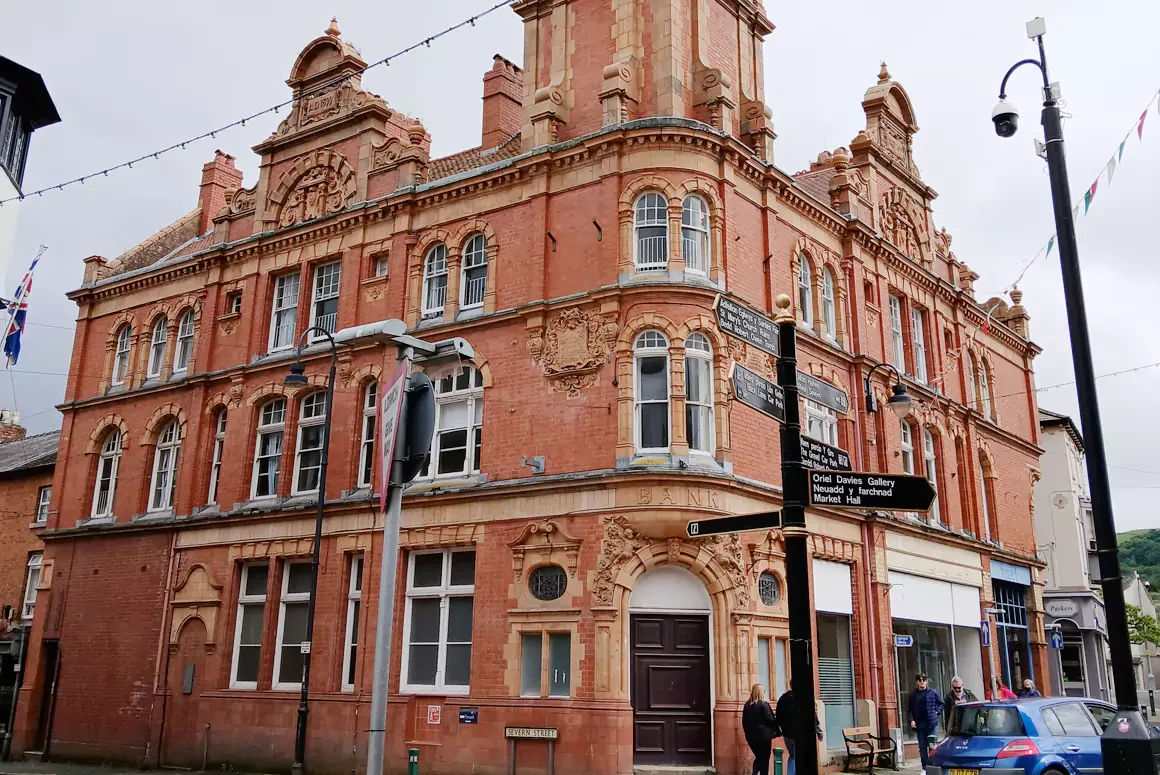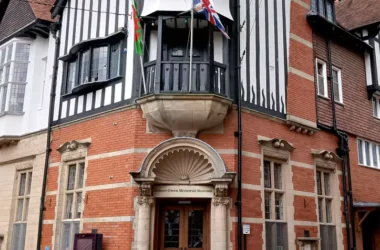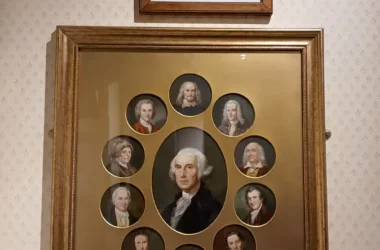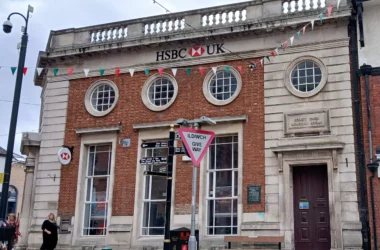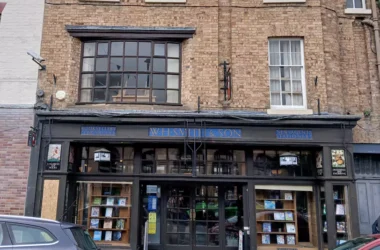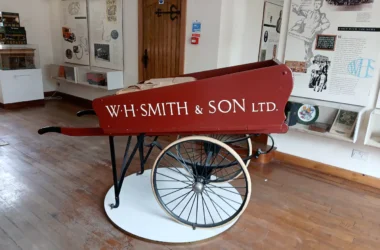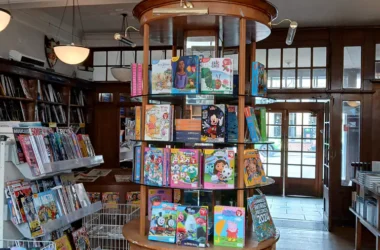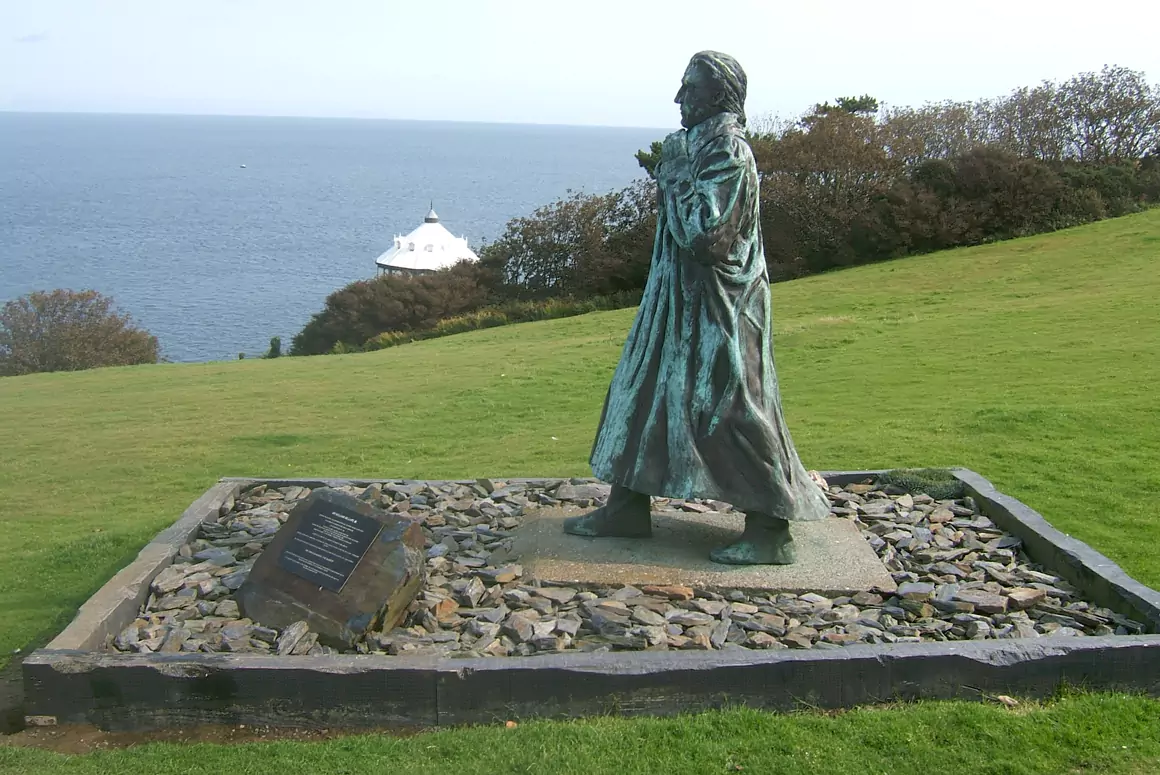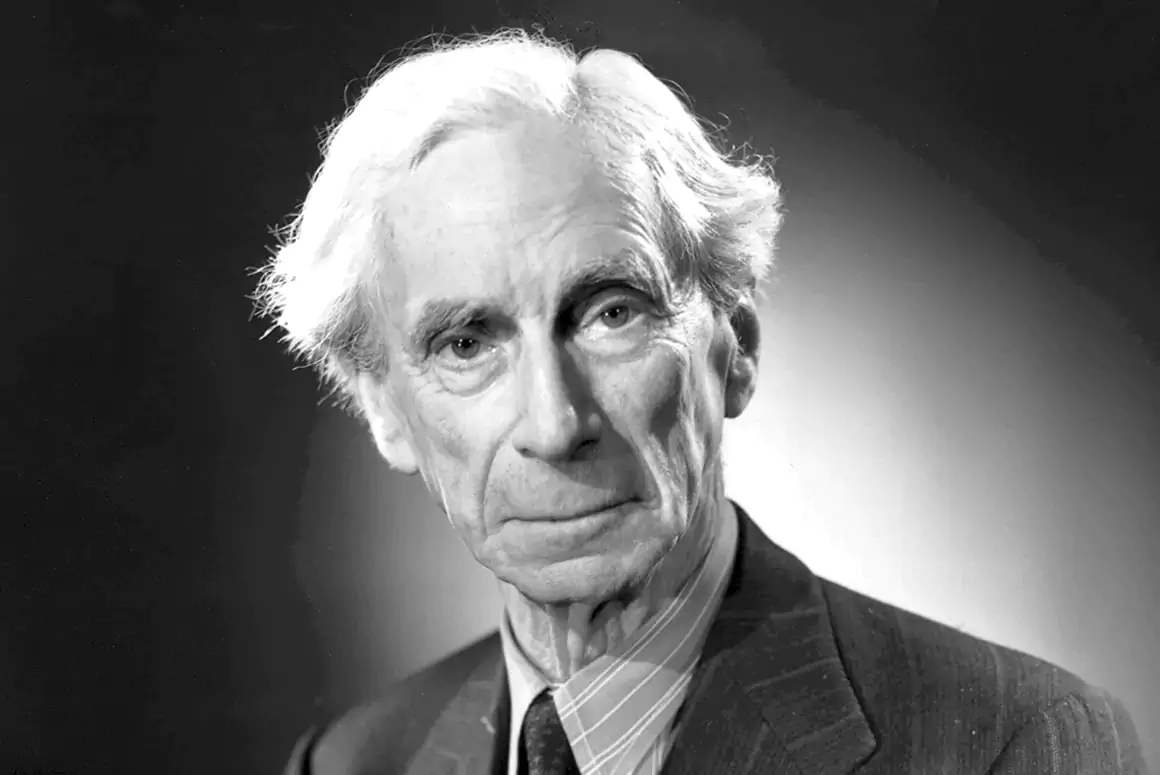![]()
Newtown is an interesting town in Mid Wales, due in part to the interesting buildings ranging from Edwardian to art deco, but also because of the history. For a small town it boasts quite a few significant people who went onto not only change life in Britain, but around the world.
Robert Owen (1771-1858)
I learned about Robert Own in high school as the ‘Father of Socialism’. A Newtown man, he pioneered the worldwide co-operative movement for better working conditions and free education. The small Robert Owen Museum, in an impressive timber building, opposite the Town Clock, tells us how a saddler’s son became a wealthy industrialist and went on to become one of the most famous social reformers of his age.
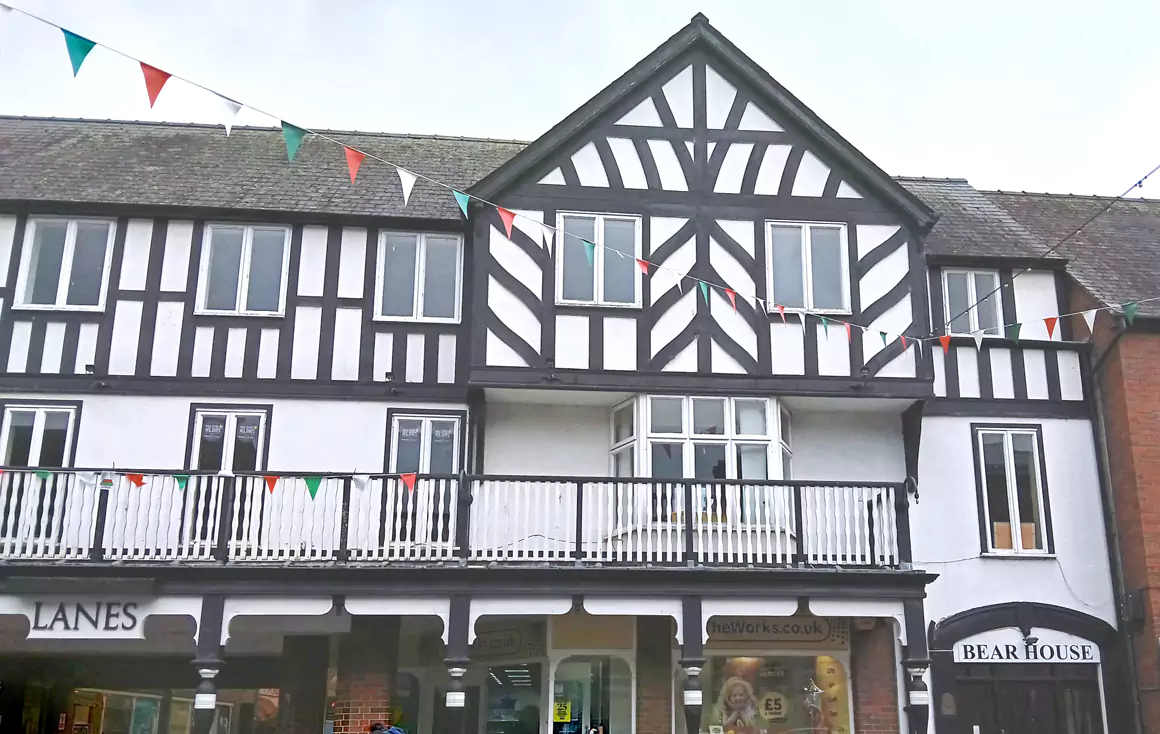
Newtown was the hub of Welsh flannel weaving and from a very young age Robert worked in a drapery shop, then in 1781, only at the age of 10, he left Newtown to become a draper’s apprentice in Stamford. He then moved to a retails business in Manchester, the heart of the industrial revolution. At age 21, Robert was manager of one of Manchester’s largest cotton mills, then at 23 he was a managing partner in the Chorlton Trust Company: quite a meteoric rise. During his time in Manchester, Robert started to reflect on trade, economics and society. He was appalled at the working conditions of children in the factories. In 1799, Robert and his partners bought the New Lanark Mill, which employed about 2000 people, 500 of which were children who were malnourished, had stunted growth and were illiterate. Robert shortened the working day, a minimum age of 10 was introduced for apprentices and only local children could be employed. He improved existing housing and built new housing for workers, paved the streets and introduced a system of street cleaning. A co-operative store was opened to use profits to open a free village school.
- The Robert Owen Museum
- Robert Owen Listed Amongst Famous Philosophers
- Robert Owen's Birthplace
Whilst Robert had mixed success in achieving factory reform through Parliament, he continued to campaign for a better society. Over time, factories across the UK began to reduce working hours, set minimum age for children, introduce education and improve working conditions in the factories. Tobert’s great vision had been for self-sufficient co-operative villages and towns. Such were his values and philosophies, his eldest son, Robert Dale Owen, who lived in the USA, was a congressman who called for the abolition of slavery in an open letter to Abraham Lincoln. In a picture of Philosophers dating from the 1850s, Robert senior is included with the likes of George Washington and Benjamin Franklin.
Learn more about this Welsh legend at the Robert Own Museum www.robertowenmuseum.co.uk.
Pryce Pryce-Jones (1834-1920)
Another famous son of Newtown Sir Pryce was an entrepreneur who formed the first ever mail-order business. He started with a small shop selling drapery. He named it the Royal Welsh Warehouse in 1859, the year the railway came to Newtown. The Welsh flannel was the mainstay of Pryce’s business. Creating the first mail order catalogues for woollen goods in 1861, allowed customers to order by post for the first time. Done on a large scale, Pryce sent his goods by parcel post and train. He built a warehouse with its own post office, next to the railway line. He had an impressive list of customers – Queen Victoria, the Princess of Wales, European royal households and Florence Nightingale! He also sold to America and Australia, getting over 200,000 customers.
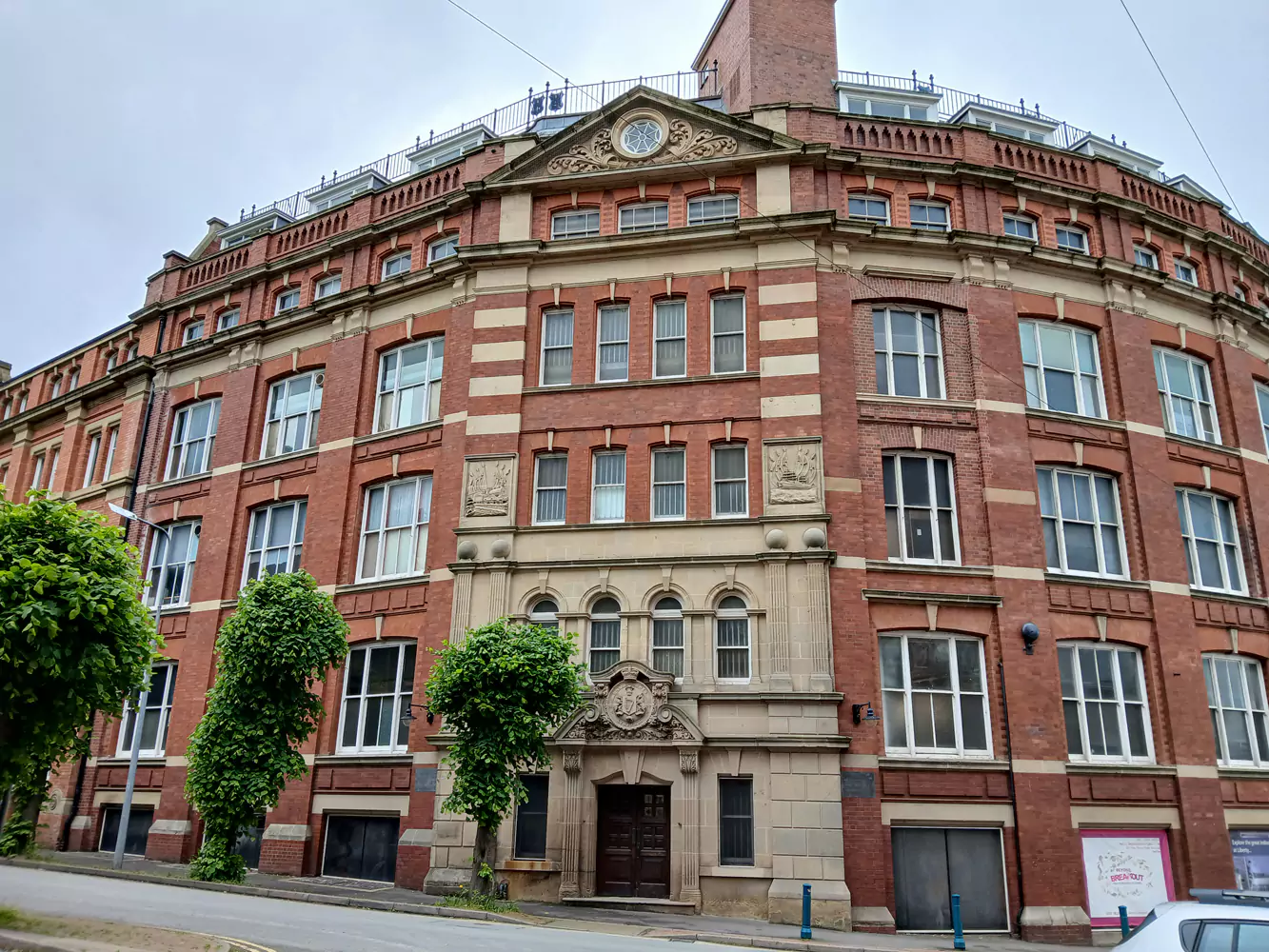
The 19th century tall red brick building which was the Royal Welsh Warehouse still stands in the centre of Newtown, although now privately owned. High above the building still stand the letters spelling the name Pryce-Jones. Pryce died in 1920 at the age of 85. His company was hit badly by the depression of the 1920s and it was taken over by Lewis’ of Liverpool in 1938. Today the global mail order industry is worth about £75 billion.
The WH Smith Museum
There is another little museum around the corner from the Robert Owen Museum in town, but not like any other museum I’ve been to. The museum traces the history of the retailer from its beginnings in London in 1792, but why is the museum in Wales and not in England? Well, in the 1970s, WH Smith began a major modernisation programme of its branches, except Newtown, which had not altered much over the years, hence it was decided to conserve it as a living example of how all WH Smith had previously looked. The shop looks as it would have when first opened in 1927 from its high street entrance, however the opposite entrance from the shopping centre is very much a 2024 entrance. In the 1927 half of the shop, modern fittings and fixtures were removed to reveal the original tiles, mirrors and decorations, still in good condition. Oak shelving was restored, replacement tables created for the display of books and light fixtures were replaced with 1920s style lighting.
- WH Smith & Sons Museum
- Inside the WH Smith Museum
- Inside WH Smith 1920's Shop
A simple two-room company museum upstairs tells how a successful family business is still one of Britain’s major high street names over 200 years later. Rather than give that history away here, I recommend you go and find out for yourselves!
The Laura Ashley Connection
One of the roundabouts leading into Newtown is called the Laura Ashley Roundabout, which confused me. I’ve researched Laura for other articles, I knew she was born in Dowlais in Merthyr Tydfil, had started her interior furnishings and fashion business in Pimlico, London, and she had lived in Machynlleth, but why was Newtown celebrating her? Well, it turns out that when Laura Ashley By Post took off, that part of the business was relocated to Newtown, onto the Vastre Industrial Estate, supported by the Development Board for Rural Wales. The mail order business expanded and then moved onto the Mochdre Enterprise Park with a call centre. Laura’s large Texplan factory was also built there, to house the textile printing machines and wallpaper printing units. At its height, the company was the largest employer in Newtown. In 1988, Princess Diana had asked to visit Texplan as she had been a long time Laura Ashley customer. Sadly, she didn’t meet the great designer herself, who had died in 1985, but during her lifetime, Laura had brought Newtown back to life with mail order for the second time in its history.
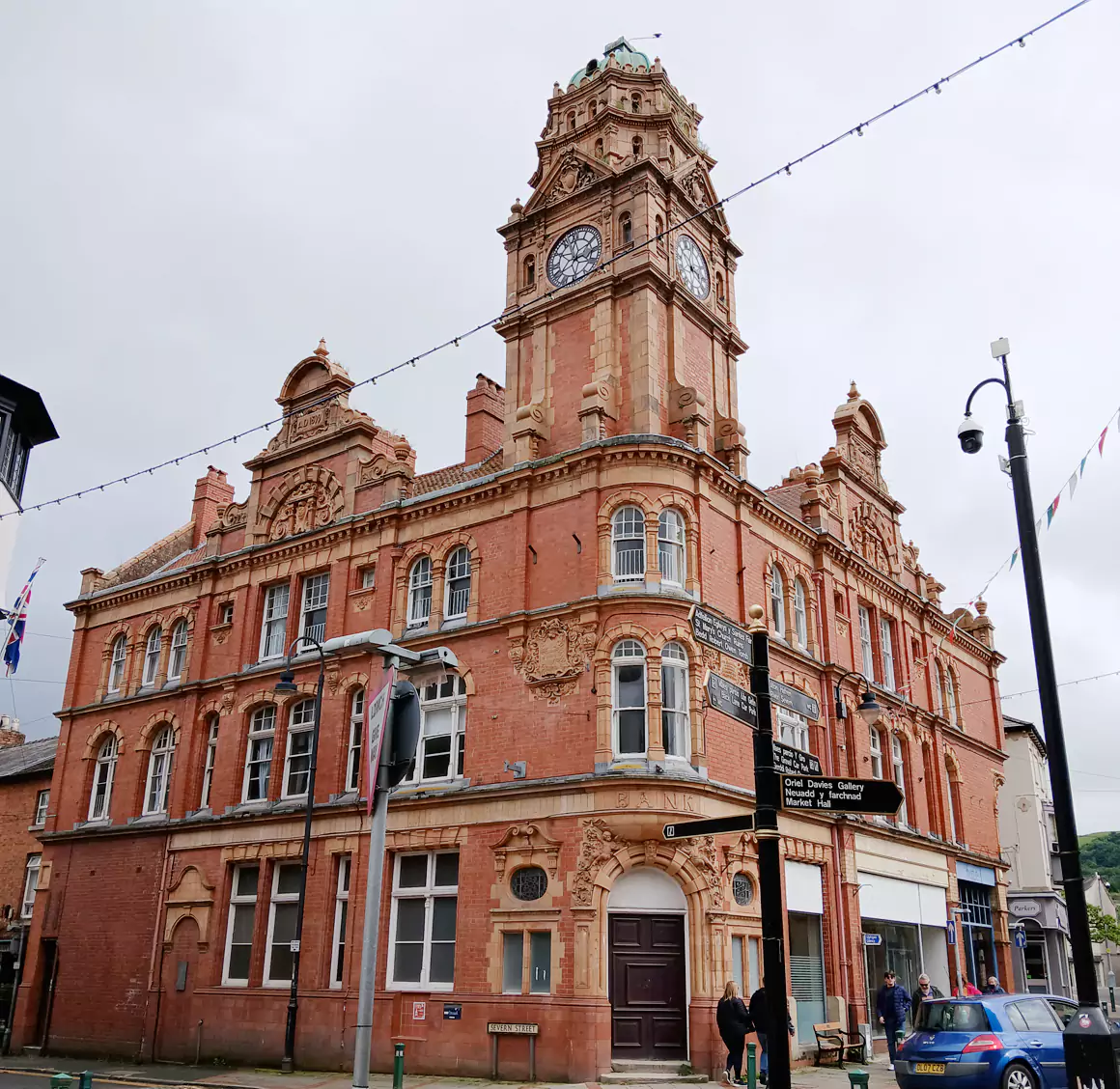
Newtown has much to offer for visitors. Its location on the River Severn means that there are plenty of walks on offer, as well as the Town Heritage Trails. There are lovely cafes and independent shops as well as the usual chain places. The surrounding area also has a lot to offer with attractions such as Gregynog Hall, Powis Castle, the ruins of Montgomery Castle and the Welshpool-Llanfair heritage railway. I certainly enjoyed my time up there.


